A subwoofer is a type of speaker that is designed to reproduce low-frequency sounds, typically below around 20 Hz. Low frequencies are difficult for regular speakers to reproduce accurately, so a subwoofer can help to round out the sound of your audio system. If you're interested in adding a subwoofer to your setup, or if you just want to make sure that your current subwoofer is working properly, testing it with a multimeter is a good way to go.
Multimeters are devices that can measure electrical properties like the voltage, current, and resistance. By hooking up the multimeter to the subwoofer's terminals, you can test its electrical impedance and make sure that it is within the normal range.
Testing your subwoofer with a multimeter is a relatively simple process, and it can give you peace of mind that your subwoofer is working properly.
How can I identify a blown subwoofer?
If your subwoofer suddenly starts making a buzzing or rattling noise, it may be blown. In some cases, you may also notice that the sound quality from your subwoofer is diminished. There are a few other signs that can indicate that a subwoofer is blown:
- The subwoofer cone may be visibly damaged
- There may be holes or tears in the surround
- The voice coil may be coming out of the magnet assembly
- There may be burning or melting around the edge of the cone
If you notice any of these signs, it's important to stop using the subwoofer immediately and bring it to a professional for repair. Continuing to use a blown subwoofer can cause further damage.
How to Test a Subwoofer with a Multimeter?
If you're looking to test your subwoofer's performance, a multimeter is a valuable tool. By hooking up the positive and negative leads of the meter to the positive and negative terminals of the subwoofer, you can get an accurate reading of the subwoofer's impedance. This can help you determine if the subwoofer is working properly, or if there is something wrong with it.
- First, make sure that your multimeter is turned on and set to the correct setting. For testing impedance, you will need to set the multimeter to the "ohms" setting.
- Next, take the positive lead of the multimeter and touch it to the positive terminal of the subwoofer. Then, take the negative lead of the multimeter and touch it to the negative terminal of the subwoofer.
- You should now see a reading on the multimeter's display. This reading is the impedance of the subwoofer.
- If the reading is within the normal range for your particular model of the subwoofer, then the subwoofer is working properly. However, if the reading is outside of the normal range, there may be something wrong with the subwoofer.
- To troubleshoot a problem with a subwoofer, first, check all of the connections to make sure that they are secure. Next, check the fuse to see if it has blown. If the fuse is blown, replace it with a new one. Finally, if the problem persists, you may need to take the subwoofer to a qualified technician for further diagnosis and repair.
Frequently Asked Question:
Can a multimeter measure speaker impedance?
Yes, a multimeter can measure speaker impedance. However, it is important to note that there are two types of impedance - AC and DC. Most multimeters can only measure DC impedance, so you'll need to use an AC-capable multimeter if you want to accurately measure your speaker's impedance
When using a multimeter to measure speaker impedance, you'll need to connect the positive lead of the multimeter to the positive terminal of the speaker, and the negative lead of the multimeter to the negative terminal of the speaker. Once connected, you can then take a reading from the multimeter. The reading will be in ohms and will tell you the impedance of the speaker at that particular frequency Keep in mind that impedance can vary depending on the frequency of the signal that is being sent through the speaker. So, if you want to get an accurate measurement of the speaker's impedance, you'll need to take multiple readings at different frequencies.

How can I test my subwoofer at home?
If you're wondering how your subwoofer is performing, or if it's even working properly, there are a few ways you can test it at home. First, try playing some music that has strong bass frequencies and see how well the subwoofer reproduces them. If the bass sounds weak or distorted, then something may be wrong with the subwoofer.
Another way to test the subwoofer is to use a special test tone CD or download a test tone file online. These files contain low-frequency tones that are specifically designed to test subwoofers. Simply play the file through your subwoofer and see how well it reproduced the sound. If you don't hear anything, or if the sound is very weak, then there may be a problem with the subwoofer.
Finally, you can also take your subwoofer to a professional audio shop and have them test it for you. This is the best way to get an accurate idea of how well your subwoofer is performing.
If you find that your subwoofer isn't performing up to par, there are a few things you can try to fix the problem. First, check all of the connections to make sure they are secure. Next, try playing with the settings on the subwoofer itself to see if that makes a difference. If neither of these solutions works, then you may need to replace the subwoofer.
How do I know if my subwoofer is bad?
There are a few signs that may indicate your subwoofer is beginning to fail. These can include strange noises coming from the subwoofer, decreased volume or bass response, or even physical damage to the unit itself. If you notice any of these issues, it's best to consult with a professional to see if your subwoofer can be repaired or needs to be replaced.
Conclusion:
In conclusion, testing a subwoofer with a multimeter is a relatively simple process that can be completed in just a few minutes. By following the steps outlined in this article, you can easily test your subwoofer to ensure that it is working properly. Additionally, if you ever have any problems with your subwoofer, testing it with a multimeter can help you troubleshoot the issue and get it fixed quickly.

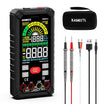
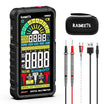
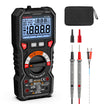
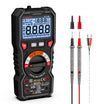

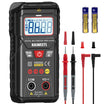
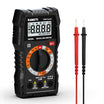
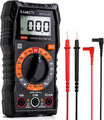
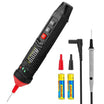
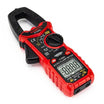
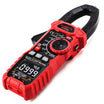
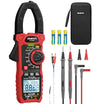
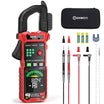

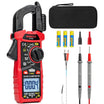

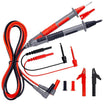
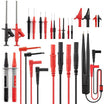


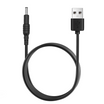
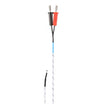
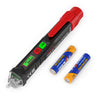
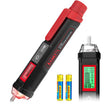


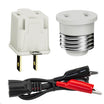
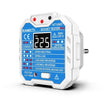
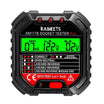
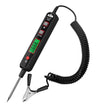
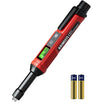

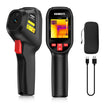
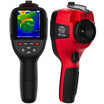
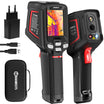
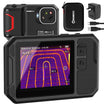
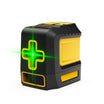
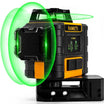


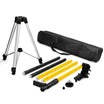



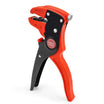
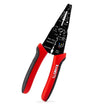





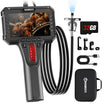
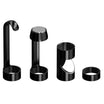
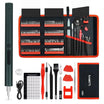



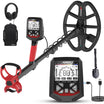




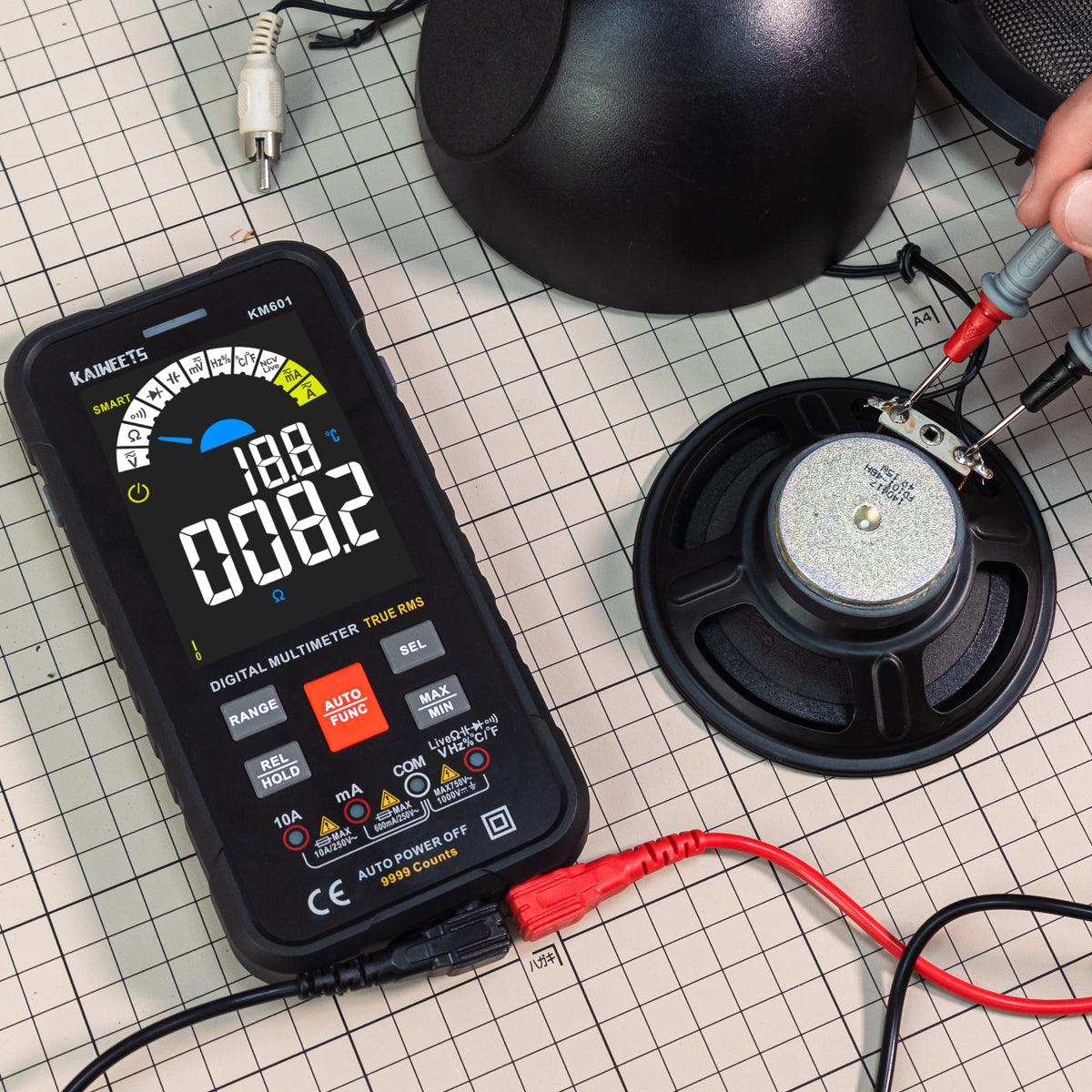

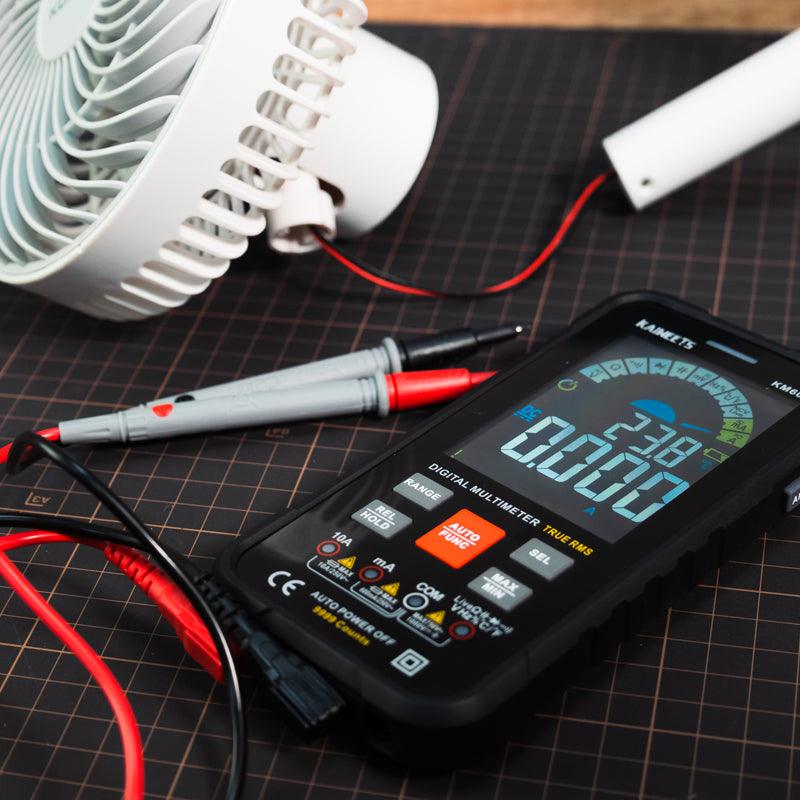
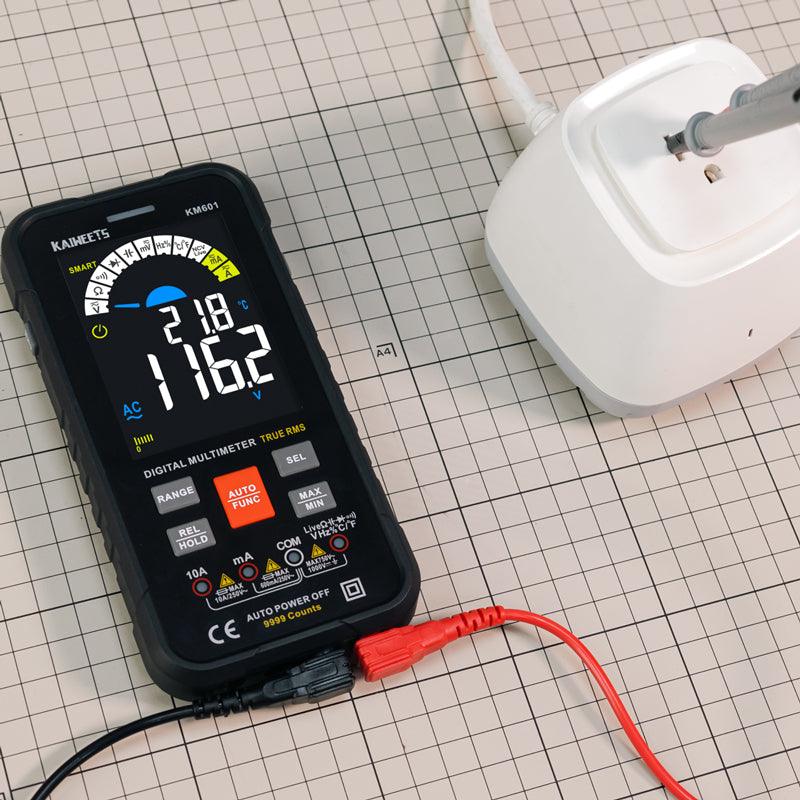
Dejar un comentario
Todos los comentarios se revisan antes de su publicación.
Este sitio está protegido por hCaptcha y se aplican la Política de privacidad de hCaptcha y los Términos del servicio.